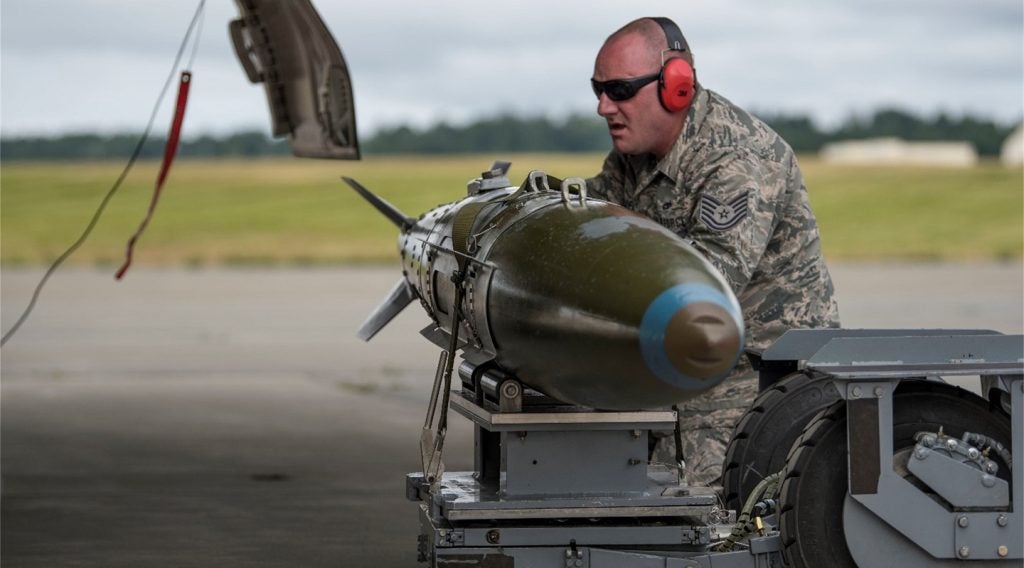Lockheed Martin has selected Adacel Systems to provide simulated air traffic control (ATC) environment software for Australia's Air 5428 pilot training system project.
As part of the project, the Australian Defence Force (ADF) will have access to a new training system that will take pilots from flight screening through basic and advanced flying training.
The pilots will be trained on flight simulators, Adacel said in a statement.
Under the contract, Adacel's air traffic control in-a-box (ATCiB) will supply a simulated air traffic control environment (SATCE), for flight simulation training devices (FSTDs).
The FSTDs will provide flight simulation by adding realistic virtual traffic and synthetic air traffic controllers to create a higher quality training environment, the company said.
Adacel CEO Gary Pearson said: "We are very pleased that Lockheed Martin has recognised the value added by our ATCiB product.
How well do you really know your competitors?
Access the most comprehensive Company Profiles on the market, powered by GlobalData. Save hours of research. Gain competitive edge.

Thank you!
Your download email will arrive shortly
Not ready to buy yet? Download a free sample
We are confident about the unique quality of our Company Profiles. However, we want you to make the most beneficial decision for your business, so we offer a free sample that you can download by submitting the below form
By GlobalData"We expect that it will become a common feature in flight training devices as regulatory bodies move forward to enhance the quality of aircrew training in the effort to promote flight safety."
To date, Adacel has sold more than 125 ATCiB licences.
ATCiB is said to be in compliance with ARINC 439, Guidance for Simulated Air Traffic Control Environments in Flight Simulation Training Devices as well as ICAO DOC 9625 Manual of Criteria for the Qualification of Flight Simulators Edition 4.
Set out in the 2009 Defense Capability Plan, the AIR 5428 project aims to provide a new fixed-wing pilot training system to the Royal Australian Air Force (RAAF), Navy and Army.
The pilot training systems delivered under the project are expected to cover all facets of undergraduate pilot training, from basic flying to entry into air force lead-in fighter and operational conversion units.







